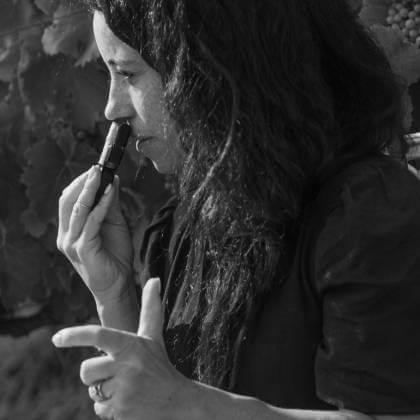
Ever had an eagerly anticipated bottle of wine only to find it tasting musty, dull, or like wet cardboard? That unpleasant experience could be due to what’s known as “cork taint.” If you’re eager to understand this phenomenon that spoils the wine experience, then you’ve come to the right place. Our aim here is to delve into the world of wine to uncover the mystery behind cork taint.
Cork taint is one of the most common wine faults that leaves many aficionados puzzled and disappointed. The principal culprit is a chemical compound named 2,4,6-trichloroanisole (TCA). But just how does this compound affect your wine? What is the root reason behind its presence in corks, and how can it be detected? These are the questions we aim to address. Let’s embark on this wine-fault exploration journey together.
What is 2,4,6-trichloroanisole (TCA)
TCA, or 2,4,6-trichloroanisole, is a byproduct formed when naturally occurring airborne fungi come into contact with certain chlorinated compounds used in wineries. These can include pesticides, wood preservatives, or even cleaning products. The fungi, finding themselves suddenly exposed to an unexpected feast of chlorine atoms, generate TCA as a waste product.
And here’s where the trouble starts: TCA is remarkably potent. Even in minute concentrations (think parts per trillion), it can affect the sensory experience of wine. More specifically, it impairs the aromatic harmony by lending a markedly musty or damp cardboard-like aroma. This is the much-maligned cork taint. It’s important to note, though, that not all TCA is detrimental; at lower levels, it might simply mute the wine’s fruitiness without the musty note.
Corks are not the only routes for TCA contamination. It’s possible to find TCA in the winery environment – in barrels, wooden pallets, or even building materials. Thus, while the cork is often the main offender, it’s not the sole perpetrator.
How does Cork Taint Occur?
Having identified the role of TCA, let’s now examine the process whereby cork taint manifests itself. As shared earlier, TCA is a chemical compound that is produced when certain kinds of fungus interact with chlorine-based compounds. The cork, being a natural product, is prone to contamination from these microorganisms.
When the cork is exposed to these fungi under the right conditions, TCA forms a bond with the cork and eventually the wine sealed within the bottle. Once this occurs, the off-flavors so characteristic of cork taint become prevalent.
The cork industry is actively taking preventative measures against TCA to keep cork taint at bay. Measures include improved cork processing techniques and minimizing chlorinated compounds in wineries. But even with these efforts, the risk of cork taint continues to persist, putting a spotlight on the need for continuous research and innovation.
Detecting Cork Taint
Being a discerning wine enthusiast involves recognizing when cork taint occurs. It’s often characterized by a damp, musty, cardboard-like odour and taste in the wine that dulls its usual fruity and lively profile. Even if the smell isn’t glaringly off, the wine may come across as lackluster or muted – another telltale sign of possible cork taint.
It’s also crucial to remember that cork taint does not pose any health repercussions aside from disappointing your sensory expectations. Regrettably, once a wine is tainted, there is no corrective measure; the experience is simply marred.
In Summary
Cork taint, while not harmful, certainly dulls the wine’s appeal and can disappoint wine lovers’ anticipation. It’s due largely to the TCA compound which forms when certain fungi come in contact with chlorinated compounds found in corks and even in winery environments. Although this unwanted guest often arrives via the cork, it can also infiltrate through other materials used in the winemaking process.
We hope this article offered you valuable insight into the reasons causing a bottle of wine to go off. We also encourage you to continue exploring the fascinating world of wine. Join us at our Atlas Swift wine tasting events, or explore our online store if you’re keen to continue your wine adventure with us. Our dedication to quality and careful winemaking ensures your wine experience is unsullied by cork taint.

